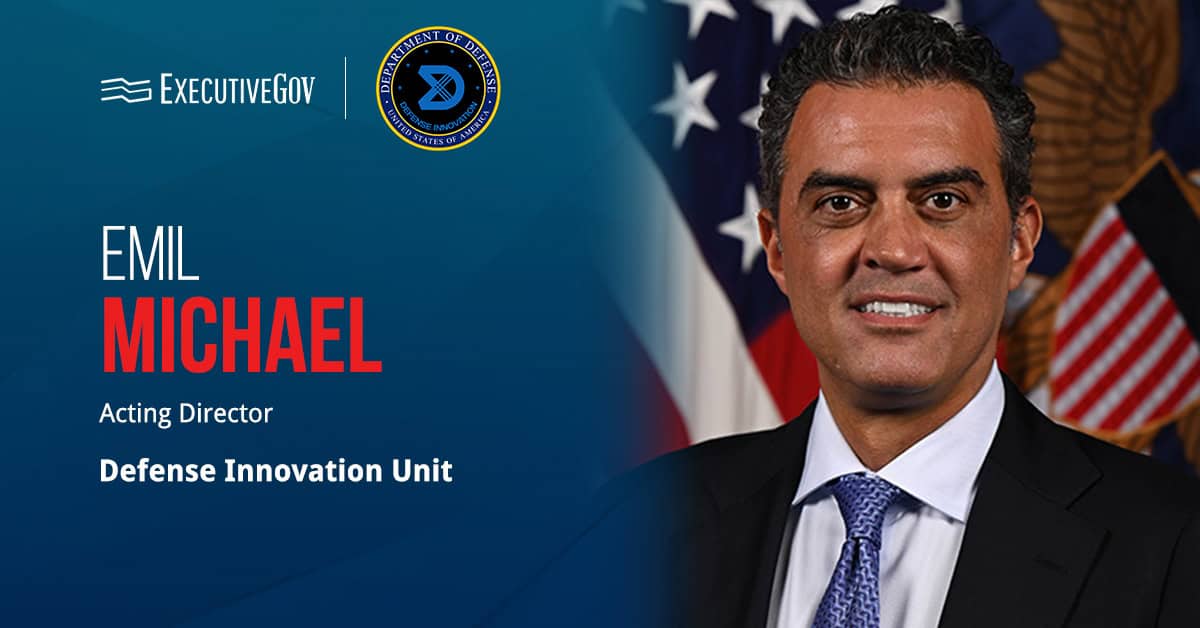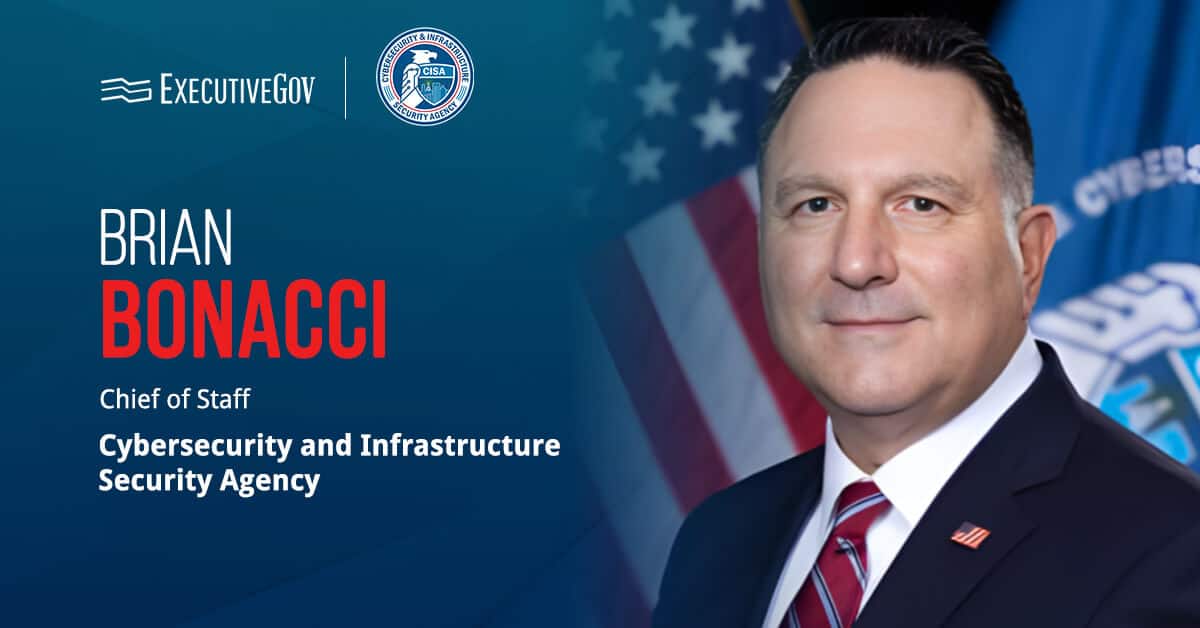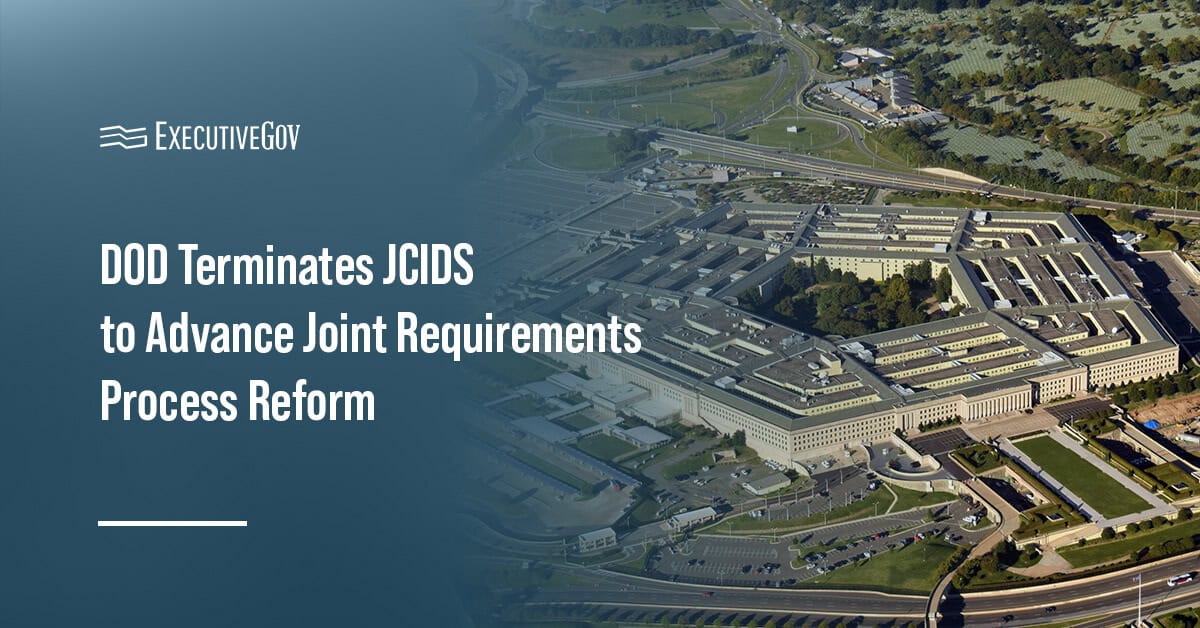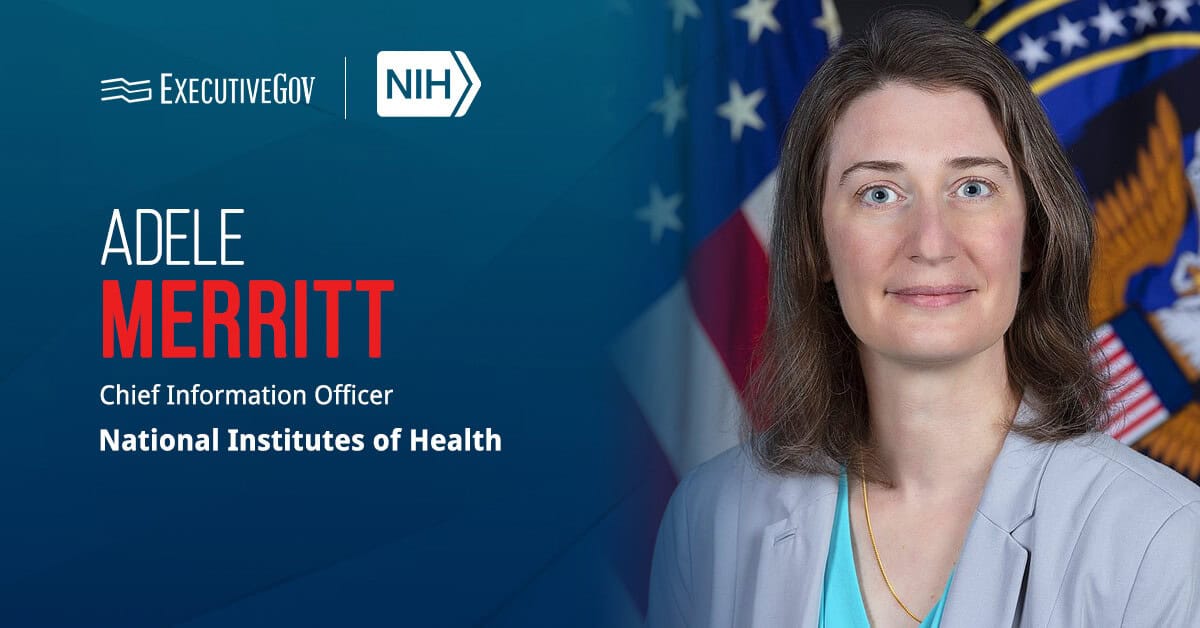The Defense Advanced Research Projects Agency has commenced phase one of the Robust Quantum Sensors, or RoQS, program to advance the development of quantum sensing technologies for defense applications.
The agency said Wednesday that the program has two technical areas running simultaneously.
The first technical area involves building and testing compact walk-on/walk-off quantum sensors for government-provided helicopters. DARPA explained that helicopters are associated with strong electromagnetic fields, vibrations and gradients, which are elements that could affect the performance of quantum sensors.
For the second technical area, participants are tasked to collaborate with the defense industrial base to determine where quantum sensors could generate value. The effort would guide the development of integration and technical requirements for the next phase of the RoQS program.
DARPA’s Quantum Sensing Challenge
DARPA launched the RoQS program in February to accelerate the transition of robust quantum sensors from laboratory to mission, allowing warfighters across all domains to benefit from precise detection of acceleration, rotation, gravity, and magnetic and electric fields.
Although quantum sensors offer unmatched precision, their sensitivity creates a challenge in real-world environments. DARPA said even minor electromagnetic interference can affect performance, limiting the use of the technology in the lab setting.
Instead of applying temporary fixes to address the issue, the agency wants to completely rethink quantum sensors.
DARPA is also aiming to unlock new capabilities in navigation, threat detection and situational awareness and support Department of Defense missions on the ground, at sea, in the air and in space.
“We’re looking beyond helicopters,” commented Jonathan Hoffman, RoQS program manager at DARPA’s Microsystems Technology Office. “The sensor technologies we’re developing should be applicable to a broad range of DOD platforms – no matter the domain.”













